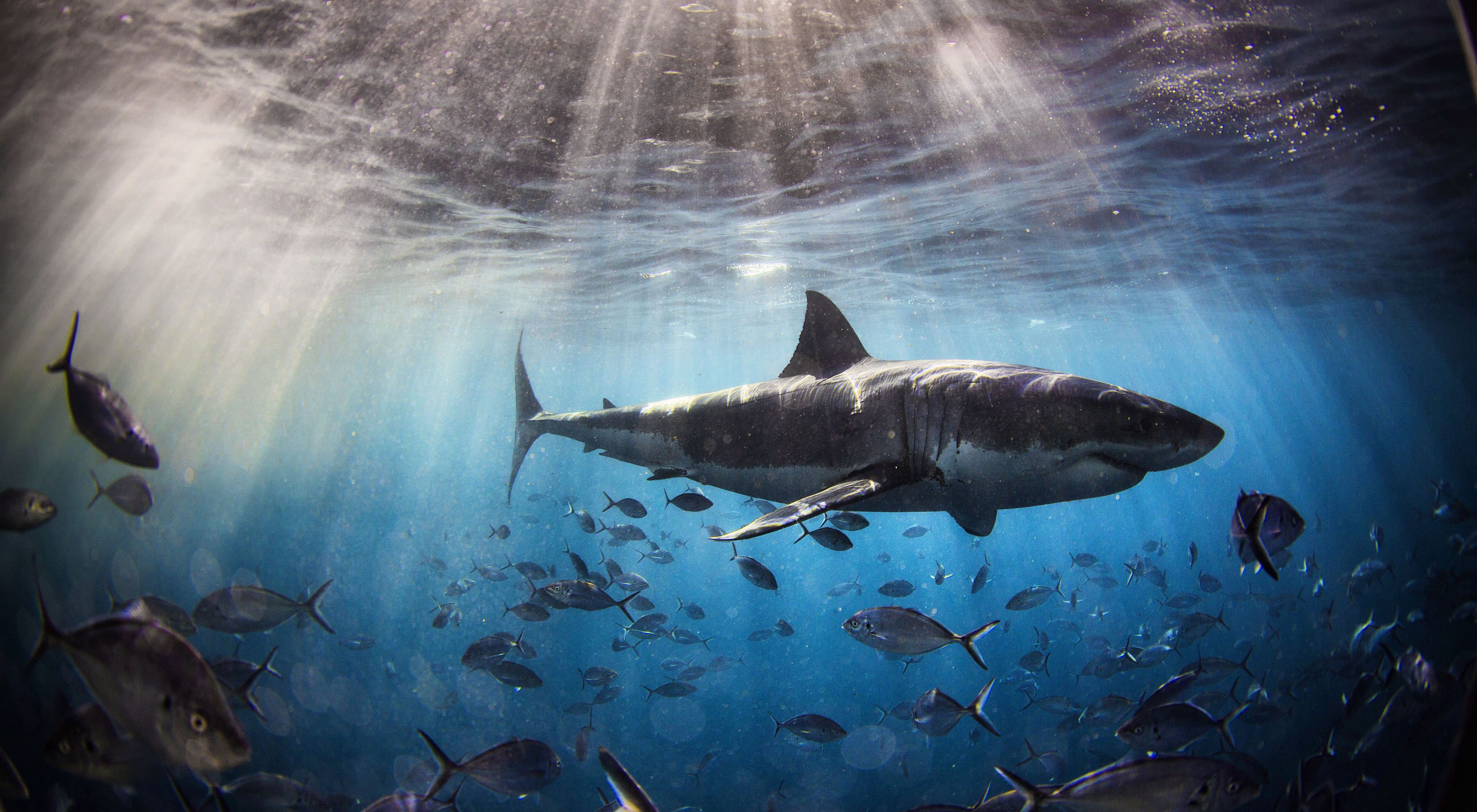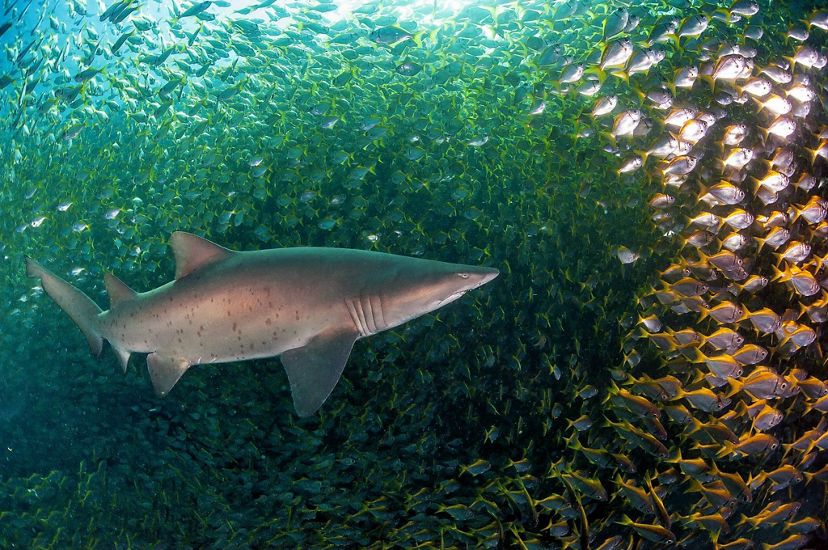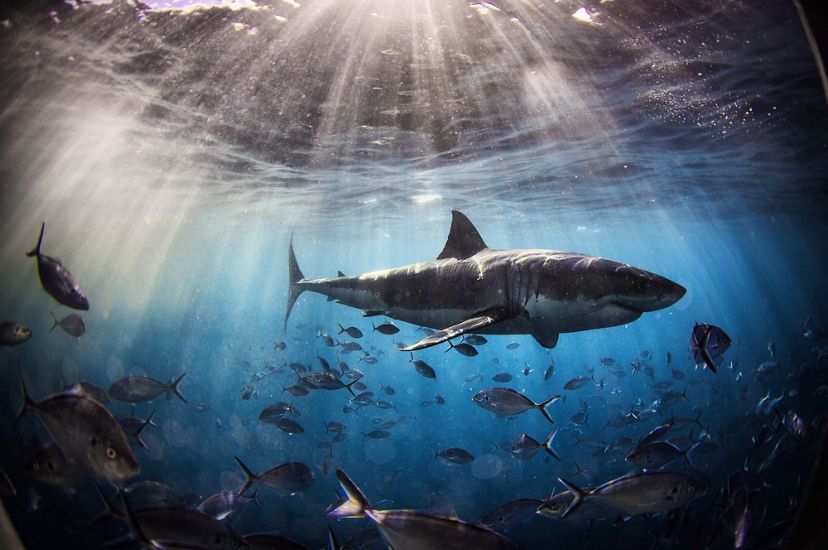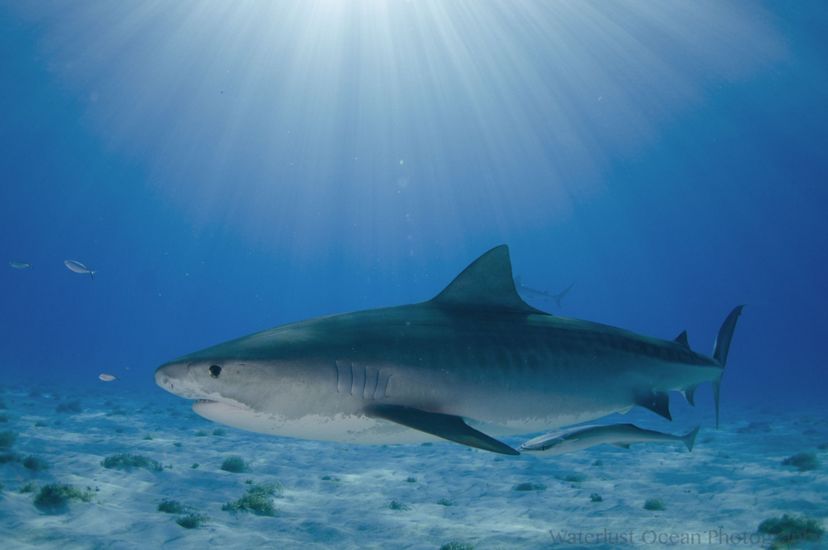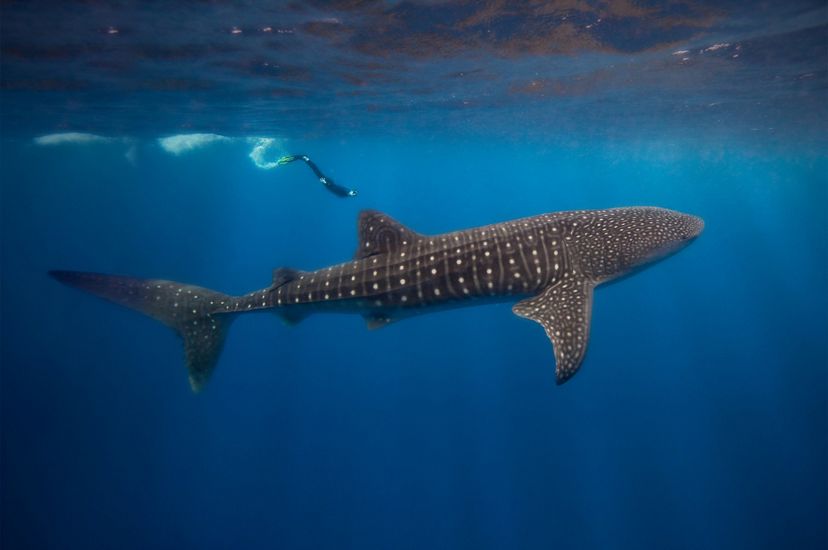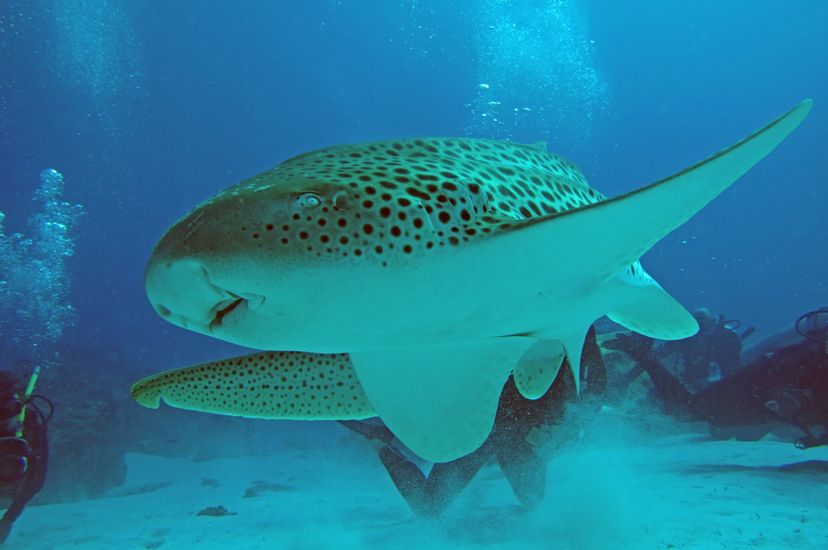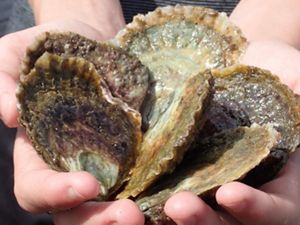Nothing seems to grab the Australian public’s attention like a close encounter with a shark. Our nightly news bulletins regularly feature reports of sharks at Australian beaches when little about the report actually seems all that newsworthy. Social media is peppered with GoPro videos of alarming close encounters of the ‘kitesurfer vs shark’ kind. So why are we so fascinated, or perhaps paranoid, about sharks?
Why are people so afraid of sharks?
Our fear of sharks is part psychology, part Hollywood.
Psychology has taught us a lot about fear and how we respond to it. Here are some contributing factors:
- Feelings vs thoughts – as humans, we respond more to feelings than to thoughts so when we imagine a shark, ‘feelings’ associated with being scared come to mind first and are more powerful than ‘thoughts’ which come later – like it being highly unlikely we’ll encounter one.
- Being out of our depth – sharks are hard to see especially from the shore or when we’re in the water. Hidden dangers are often more frightening than those we can see so the ‘feelings’ that come with the possibility of being attacked from the hidden depths below us can be especially scary even if we know the chances of it happening are very small.
- Gruesome way to go – though dying of a heart attack is far more likely to be our eventual demise, the ‘feelings’ associated with being taken by a shark creep us out in a way that heart disease doesn’t.
- The fear of the unknown – mysterious things can be scary. Unknown places and unexpected experiences are more likely to cause us stress and illicit the ‘fight or flight’ physiological response characteristic of many animals under stress – humans included. This important adaptation is how our bodies’ respond to stressful and potentially dangerous situations, fuelled by a surge in the adrenalin hormone, preparing us to either stay and combat the stressor or turn and run/hop/swim/fly away.
When gorillas were first encountered by European adventurers in Africa in the mid 1800s they were described as violent man-eating monsters. This was based on the explorers’ experience of the silverback male gorillas’ fearsome charge in protection of his family. It wasn’t until we learnt much more about gorillas from scientists like Dian Fossey in the late 20th century, that this image was debunked.
Our knowledge and understanding of sharks – for example why Great Whites in some places and on some occasions present no danger to humans in the water – is very limited. We still have a lot to learn – perhaps like a 19th century gorilla-phobic explorer?
- Fear breeds fear – media coverage in itself can heighten fear and result of an unrealistic perception of the likelihood of encountering a shark. Studies have shown that increased exposure to media coverage of crime, for example, can lead to an audience perception that crime is increasing even when evidence might demonstrate that the incidence of crime is falling.
Hollywood’s contribution to our fear of sharks
By his own admission and with considerable regret, Peter Benchley has a lot to do with our fear of sharks. The fiction author’s hugely successful book Jaws and the resulting 1975 blockbuster movie instilled a deep fear of sharks in people across the world.
The story of a rampaging shark hell bent on consuming beach goers day-after-day has no resemblance to reality. Unfortunately, it left a lasting impression on the public. The realistic (for its time) looking shark accentuated our fear … and then along came Sharknado, 47 Meters Down and many, many others to exacerbate those fears.
So let’s sort a few facts from the fiction.
There are lots of sharks
As a large island nation with a 25,760 kilometre coastline, Australia has a high diversity of sharks. We have 170 species in total out of approximately 440 species globally. Only a very small number of species in Australia – predominantly the Great White Shark, Tiger Shark and Bull Shark – present a lethal threat to humans.
Some, like the Great White and Grey Nurse, are listed as threatened species (Vulnerable and Critically Endangered respectively) and need special protection. Just as we need to conserve other threatened apex predators like Tigers in Asia, Lions in Africa and India, and Polar Bears in the Arctic, it’s important to protect threatened sharks.
Shark attacks are extremely rare
According to the Australian Shark Attack File, in 2016 there were just 26 reported shark attacks on humans in Australia (9 provoked and 17 unprovoked).
Only eight of these resulted in injury to the person involved while a further two were sadly fatal.
When considering that a high proportion of our population of around 23.5 million people live near the coast, and the popularity of beach swimming, underwater diving and surfing, these statistics demonstrate the extreme rarity of shark attacks.
Quote
The odds of being killed by a shark in Australia are one in 8 million. It’s the same likelihood of being killed by a kangaroo – even though kangaroos don’t evoke the same fear in us, the danger is there, but it’s miniscule.
Most sharks are harmless
The vast majority of shark species present little or no threat to humans. Species like the White-tipped Reef Shark, Leopard Shark, the humble Wobbegong and even the fearsome looking Grey Nurse Shark do not usually attack humans unless provoked. And then, of course, there’s the world’s largest fish – the Whale Shark – that feeds exclusively on tiny plankton.
The chance to swim with Whale Sharks forms the basis of a thriving ecotourism industry each March – July at Coral Bay on Western Australia’s spectacular Ningaloo Reef, off the north-west coast. These gentle giants grow up to 12.5 metres long and sometimes venture further south at least as far as Perth where they’ve been spotted occasionally from beaches.
Shark control
Shark control measures used in different parts of Australia to quell our shark fears, like drumlines and nets, indiscriminately kill a range of non-target species including sea turtles, dolphins, seals and harmless sharks that present no threat to humans.
It is important to understand that with such an incredibly long coastline, netting and drumlines are not realistic options to protect people. It’s also important to remember that risk, not just from sharks, will always be associated with swimming, diving and surfing. People should take all of these factors into consideration when making their own choice on whether to enter the ocean.
The Nature Conservancy focuses on science-based decision making and solutions that benefit both people and nature. We believe less destructive measures are more effective over the long term to reduce the incidence of shark attacks on people – measures such as:
- more research to better understand sharks and their behaviour.
- tagging sharks and associated alarm systems at popular beaches.
- aerial shark-spotting beach patrols.
How to avoid shark attacks
Here are a few tips from Taronga Conservation Society on what you can do to reduce the risk of shark attack:
- Choose to swim at beaches that are patrolled by Surf Life Savers and/or aerial shark patrols.
- Always swim, dive or surf with other people as their presence may deter a potential encounter and they can assist you if you get into trouble.
- Avoid swimming at dusk, dawn or at night as some sharks are more active at these times.
- Avoid swimming near a river mouth, especially after a rainstorm as heavy rain can wash food into the sea and attract fish and sharks.
- Don’t enter the water near large schools of fish, which attract sharks.
- If you’re kayaking and see a large shark, join up together with other kayakers to make a bigger object that is less attractive to sharks.
- Don’t wear shiny jewellery in the sea as the reflected light resembles the sheen of fish scales that can attract sharks.
Shark conservation
In Australia, The Nature Conservancy (TNC) works together with the Nyikina and Mangala Traditional Owners of the Fitzroy River region in the Kimberley to protect the habitat of the endangered Northern River Shark.
We are also working to restore more productive and healthy marine environments along our southern coastline, to help sustain the primary food source (fish) for important predators, like sharks. Click here for more information about our shellfish reef restoration work.
Get email updates
Keep up-to-date on how we're helping to conserve Australia's iconic natural landscapes and crucial habitat for our native wildlife.
